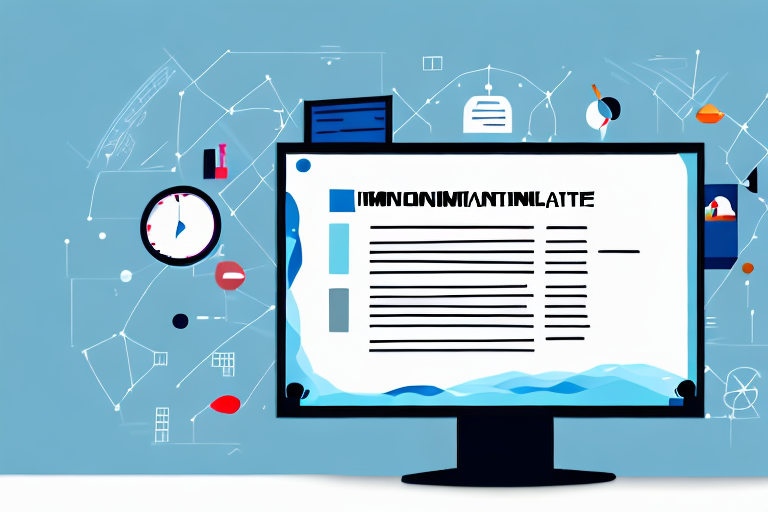In today’s digital landscape, cybersecurity is of utmost importance for businesses of all sizes and industries. As threats continue to evolve and become more sophisticated, it is crucial for organizations to stay vigilant and up-to-date with the latest compliance standards to protect their sensitive data and assets. One such compliance framework that has gained significant attention in recent years is the Cybersecurity Maturity Model Certification (CMMC). In this article, we will delve into the intricacies of CMMC requirements and explore how often they get updated, as well as provide actionable strategies to ensure your company remains compliant with the latest standards.
Understanding the Importance of CMMC Compliance for Your Company
Before we delve into the frequency of CMMC updates, it is essential to grasp the significance of compliance with this framework for your company. The CMMC was introduced by the U.S. Department of Defense (DoD) as a means to safeguard controlled unclassified information (CUI) and reduce the risk of cyber threats within the defense supply chain.
Compliance with CMMC is not just a measure to adhere to regulatory requirements; it is an opportunity to enhance the overall security posture of your organization. By incorporating the CMMC controls and practices into your cybersecurity framework, you are better equipped to protect your sensitive data, mitigate breaches, and strengthen customer trust.
Furthermore, achieving CMMC compliance can also open up new business opportunities for your company. Many government contracts and partnerships now require CMMC certification as a prerequisite. By demonstrating your commitment to cybersecurity and meeting the CMMC requirements, you can position your organization as a trusted and reliable partner for government agencies and defense contractors.
The Evolution of CMMC Requirements: A Brief Overview
The CMMC framework has undergone several stages of development to address the evolving threat landscape. Initially, organizations within the defense supply chain were required to comply with the Defense Federal Acquisition Regulation Supplement (DFARS) clause, which mandated adherence to specific cybersecurity controls outlined in the National Institute of Standards and Technology (NIST) Special Publication 800-171.
Recognizing the need for a more robust and scalable approach, the DoD introduced the CMMC model. Unlike its predecessor, which relied on self-assessment, the CMMC introduced a third-party certification process. This ensures that organizations are assessed by certified assessors and demonstrates their commitment to cybersecurity best practices.
As the CMMC framework continued to evolve, it became clear that a one-size-fits-all approach was not sufficient to address the diverse cybersecurity needs of organizations within the defense supply chain. To address this, the CMMC introduced a tiered approach with five levels of certification. Each level represents an increasing maturity in an organization’s cybersecurity practices, with higher levels requiring more advanced controls and processes.
In addition to the tiered approach, the CMMC also introduced a new focus on protecting Controlled Unclassified Information (CUI). CUI is information that requires safeguarding or dissemination controls, but does not meet the criteria for classified information. The CMMC framework includes specific controls and requirements to ensure the protection of CUI, further enhancing the overall cybersecurity posture of organizations within the defense supply chain.
Key Factors Influencing the Frequency of CMMC Updates
As the threat landscape continues to evolve, so do the CMMC requirements. Several key factors influence the frequency of updates to the CMMC framework:
- Emerging Threats: With cyber threats becoming increasingly sophisticated, the CMMC framework must adapt to address these new challenges.
- Industry Feedback: The CMMC framework is a collaborative effort that takes into account feedback from industry experts, defense contractors, and other stakeholders.
- Technological Advancements: The rapid pace of technological advancements necessitates updates to the CMMC framework to ensure its relevance and effectiveness.
- Regulatory Changes: Changes in government regulations and laws related to cybersecurity may require corresponding updates to the CMMC requirements.
Another key factor influencing the frequency of updates to the CMMC framework is the evolving nature of cyberattacks. As hackers develop new techniques and exploit vulnerabilities, the CMMC requirements need to be updated to address these emerging threats.
Additionally, the CMMC framework takes into consideration lessons learned from past cybersecurity incidents. By analyzing and understanding the tactics used by attackers in previous breaches, the CMMC can incorporate new measures and controls to mitigate similar risks in the future.







